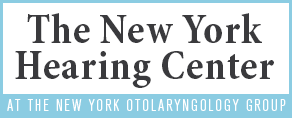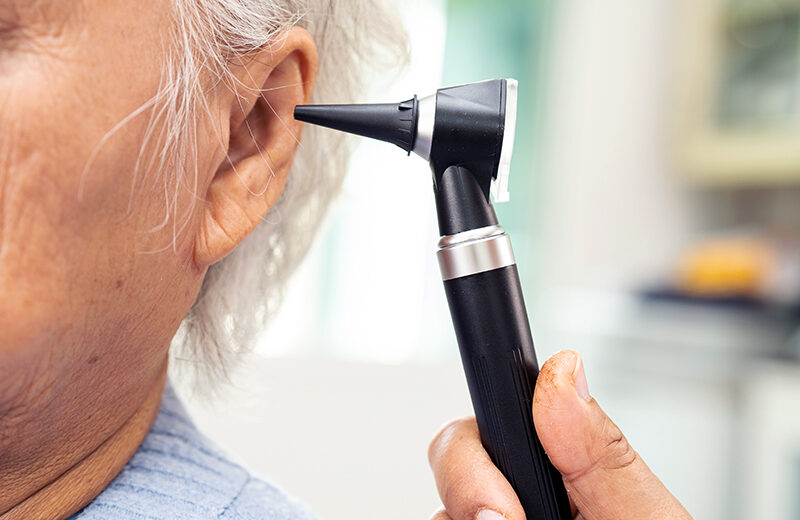Do you frequently experience a sensation of fullness, pressure, or pain in your ears? If these symptoms persist without relief, you may be suffering from chronic Eustachian tube dysfunction. Eustachian tube dilation is a contemporary and minimally invasive procedure that can significantly alleviate these troublesome symptoms. In this article, we provide an overview of the Eustachian tubes, the underlying causes of dysfunction, and an explanation of how this innovative treatment works.
What Are Eustachian Tubes?
Eustachian tubes are slender conduits connecting the middle ear to the nasopharynx at the back of the nose and throat. These tubes serve a crucial role in maintaining the equilibrium of air pressure between the middle ear and the external environment. Typically, the Eustachian tubes remain closed; however, they open during actions such as yawning, swallowing, chewing, or sneezing, thereby preventing pressure accumulation in the ears. Individuals may experience a popping or clicking sound during activities such as flying, diving, or driving on elevated terrain; this indicates that the Eustachian tubes are functioning to regulate pressure. In addition to their primary role in regulating pressure, the Eustachian tubes also:
• Ventilate the middle ear
• Drain fluid from the middle ear
• Protect against infections and diseases
What Is Eustachian Tube Dysfunction?
Eustachian tube dysfunction occurs when the Eustachian tubes fail to open or close properly, resulting in a pressure imbalance within the middle ear. This condition may stem from blockages or inflammation attributable to:
• Colds or flu
• Allergies
• Sinus infections
• Chronic acid reflux
• Smoking or pollution
• Altitude or air pressure changes
• Common symptoms include:
• Ear pain or pressure
• Muffled hearing
• Ringing in the ears (tinnitus)
• Frequent ear infections
• Dizziness or vertigo
• A blocked or full sensation in the ears
• Clicking or popping sounds
• Symptoms unrelieved by swallowing, yawning, or chewing
• Hearing loss
While mild cases may resolve naturally, chronic or severe symptoms might need treatment, such as Eustachian tube dilation.
What Is Eustachian Tube Dilation?
Eustachian tube dilation is a minimally invasive, FDA-approved procedure to address persistent Eustachian tube dysfunction. In contrast to traditional, more invasive treatments, such as pressure equalization tubes, this innovative technique utilizes a saline balloon catheter to gently expand the Eustachian tubes. This approach effectively restores their functionality and alleviates associated symptoms. Notably, the sole device in the United States to receive approval for this specific condition offers a safer and more durable solution for patients.
Who Is a Candidate?
You may be eligible for Eustachian tube dilation if you experience:
• Chronic ear infections
• Persistent symptoms despite medication
• Fluid buildup in the ear
• Chronic Eustachian tube dysfunction
• Hearing loss
An ENT specialist will evaluate your condition to see if this procedure is right for you.
After Eustachian Tube Dilation
You may experience temporary changes in ear pressure for several days following the procedure; however, these changes typically normalize. Symptom improvement may take up to six weeks, although some patients may experience relief in a shorter timeframe. Recognizing that results can vary among individuals, making patience essential throughout this process.
Restore Comfort and Hearing
Eustachian tube dilation represents a highly effective, long-term intervention for individuals suffering from chronic Eustachian tube dysfunction. This procedure can significantly alleviate discomfort and enhance the overall quality of life. Consult an ENT specialist to see if this procedure is right for you.





